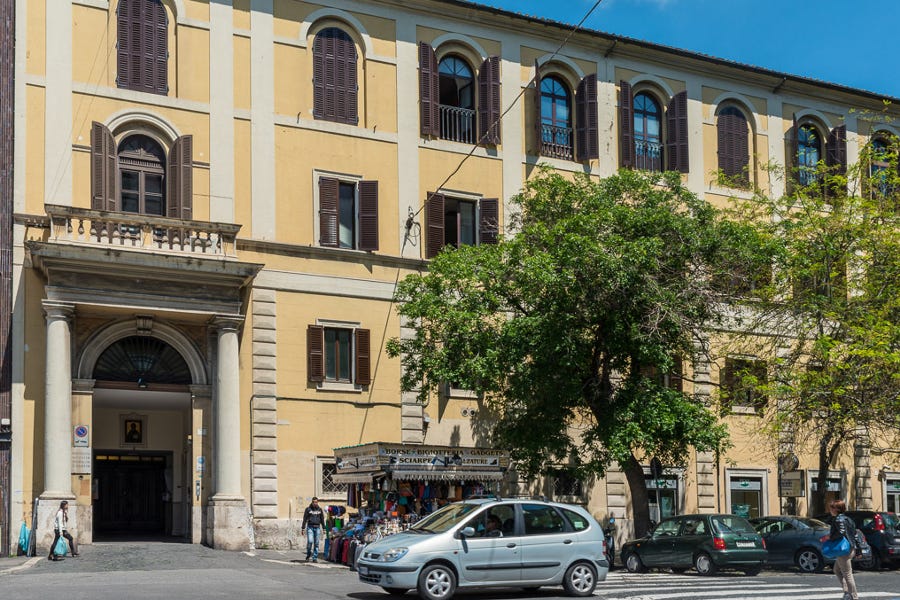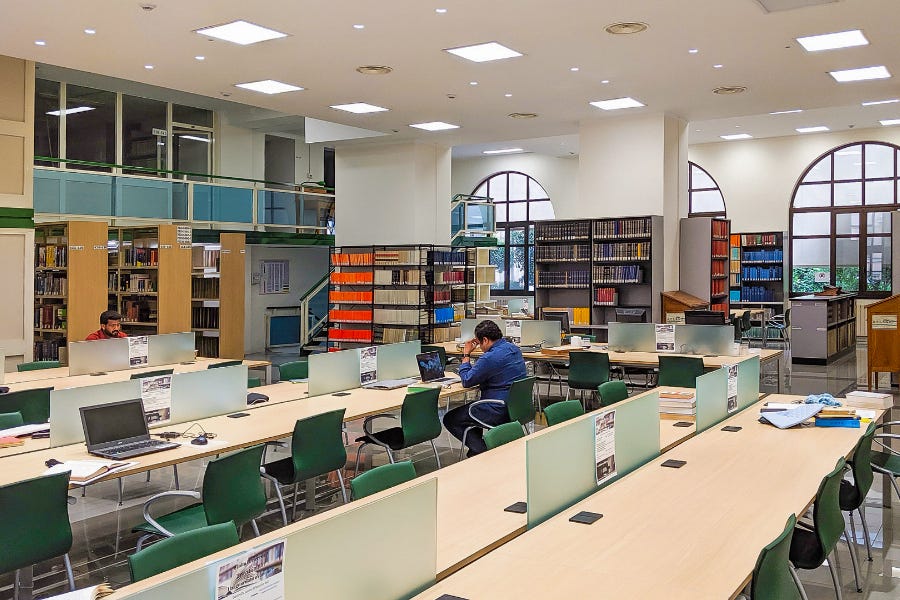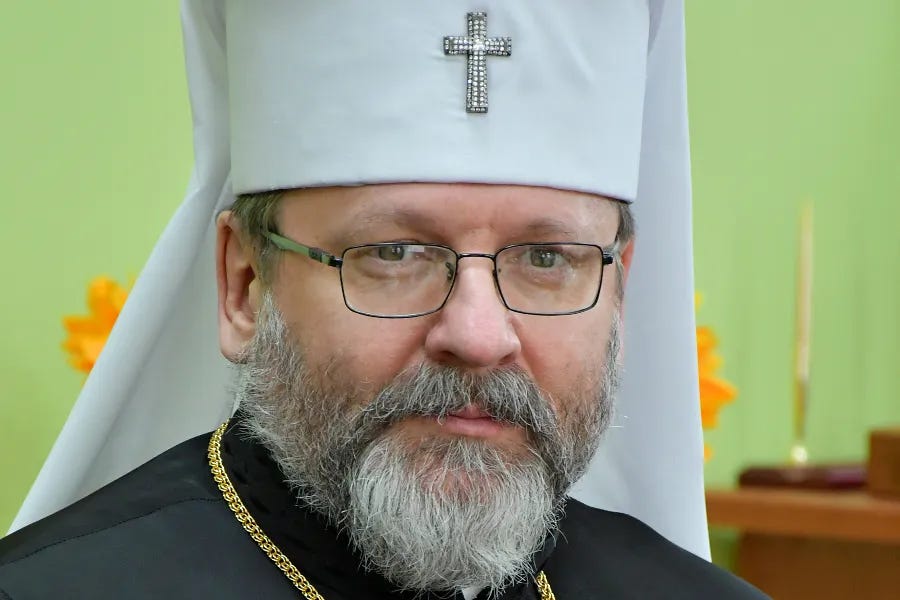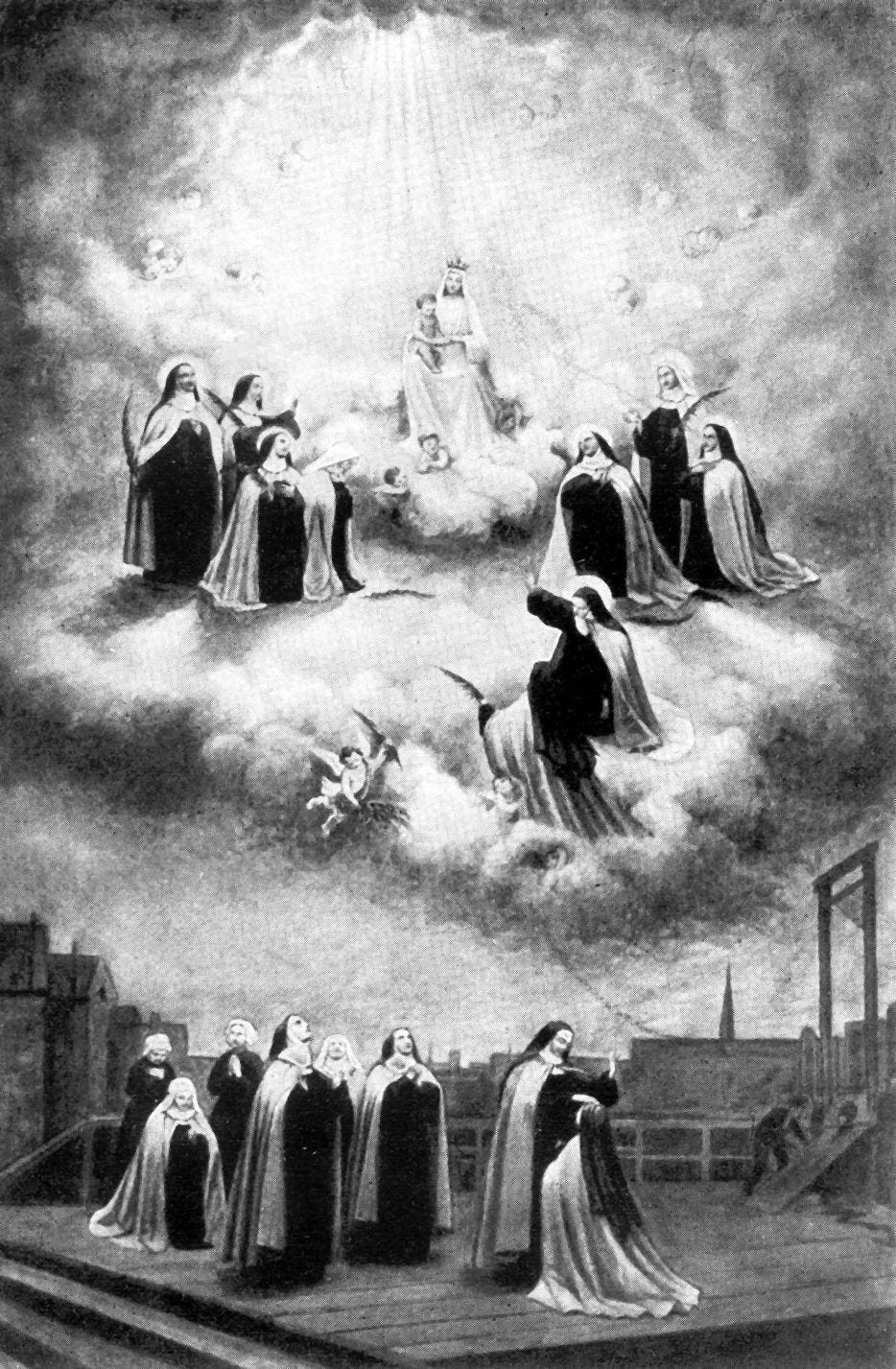The list of former students at Rome’s Pontifical Oriental Institute reads like a who’s who of Eastern Christianity today.
Alumni include the Orthodox leader Ecumenical Patriarch Bartholomew I, the new Syro-Malabar head Major Archbishop Raphael Thattil, and Vatican Cardinal Claudio Gugerotti.
Further back in time, students at the “Orientale” included Vatican Cardinal Eugène Tisserant, Vienna’s Cardinal Franz König, and the Ukrainian cardinal and Servant of God Josyf Slipyi.
But the Jesuit-run institute, founded in 1907, entered a new phase of its history this week.
In a March 18 announcement, rector Fr. David Nazar, a Canadian Jesuit with Ukrainian roots, told students and staff that from May onwards, the Orientale would be merged into the Pontifical Gregorian University, where it will operate as an academic department.
On March 4, the Jesuit superior Fr. Arturo Sosa issued a Vatican-approved decree promulgating new statutes for the Gregorian University, itself a Jesuit institution in Rome dating back to 1551.
The statutes were revised in light of a December 2019 document known as a chirograph, in which Pope Francis ordered that the Pontifical Oriental Institute and the Jesuit-led Pontifical Biblical Institute (the Biblicum) be joined to the Gregorian while retaining their names and distinctive missions.
After the feast of Pentecost, the Biblicum and Orientale will be considered “academic units” belonging to the “same juridical person” as the Greg.
Nazar said that Sosa’s decree completed “a key stage in the integration process” of the three institutions.
“While the ratified statutes are promulgated and will go into effect on May 19, 2024, the immediate effect of these changes will be minimal and will be integrated gradually into the university’s activities,” Nazar reassured the Orientale’s academic community.

What’s the Orientale’s purpose?
A few months after Benedict XV established the Congregation for the Oriental Church as an independent Vatican body in 1917, he created the Pontifical Oriental Institute in Rome, envisaging it as a kind of academic bridge between Eastern and Western Christianity.
In the motu proprio Orientis Catholici, he wrote that he had “decided to found a suitable place of higher education on the Eastern issues in this city.”
The Orientale was initially established at the Palazzo dei Convertendi, facing the Piazza Scossacavalli. Its first president was Alfredo Ildefonso Schuster, then abbot of St. Paul Outside of the Walls and later Archbishop of Milan (and Blessed).
The institute was entrusted to the Jesuits in 1922 and transferred to the building housing the Pontifical Biblical Institute in Piazza della Pilotta. Four years later, the Orientale settled at its present location, the Piazza di Santa Maria Maggiore, a stone’s throw from the Basilica of St. Mary Major.
In his 1928 encyclical Rerum Orientalium, Pope Pius XI sang the Orientale’s praises, encouraging bishops worldwide to send able students to the institute, with the goal of promoting the future unity of Eastern and Western Christians through academic research.
That year, Pius XI issued the motu proprio Quod Maxime, encouraging formal collaboration between the Orientale, the Biblicum, and the Greg, while ensuring that all three bodies remained independent.
In 1971, the Orientale opened a faculty of Eastern canon law, which, according to its website, played “a crucial role in the development of the Code of Canons of the Eastern Churches,” the Eastern equivalent of the Code of Canon Law, which entered into force in 1991. The Eastern canon law faculty took its place alongside the existing faculty of Eastern Christian Studies.
The institute also teaches ancient and modern languages used by Eastern Christians, including Arabic, Armenian, Coptic, Syriac, and Sogdian.
From 1993 onward, the prefect of the Vatican’s Dicastery for the Eastern Churches served as the Pontifical Oriental Institute’s grand chancellor. Cardinal Gugerotti, who both studied and taught at the Orientale, currently occupies the post.
The institute defines its mission today as the pursuit of “research, teaching, and publications in relation to the traditions of the Eastern Churches regarding liturgy, theology, patristics, history, canon law, literature and languages, spirituality, archeology, and issues of ecumenical and geopolitical relevance.”
Summing up the Orientale’s achievements in the more than 100 years of its existence, rector Fr. Nazar cited its “original research in ancient anaphoras and manuscripts of the early Church, detailed studies of oriental liturgies, archeological analyses of Church art and architecture, [and] study and development of codes of Church governance.”
Why the merger?
The Orientale is a small and specialized academic institution. Given that much larger Catholic universities are struggling to make ends meet, it would be surprising if the Pontifical Oriental Institute’s resources have not been stretched at times — though that topic wasn’t mentioned in the March 18 announcement.
A note on the Orientale’s website underlines that in the new configuration, the institute, the Biblicum, and the Greg will “retain their historical papal missions and identity, while profiting from an enhanced integration of resources to create new academic possibilities.”
“This integration allows us, for the first time in our history, to offer a first cycle (bachelor) in Eastern theology. Students have full access to the libraries, archives, technology, and services of the three institutions,” it says.
Fr. Nazar believes that together the Orientale, the Biblicum, and the Greg “have the potential to play a key role for the Church today along with two hundred universities of the Society of Jesus.”
“The students of the Gregorian University, the Biblicum, and the Orientale come from 120 countries, in large part from those of poorer and conflicted nations,” he wrote in an essay on the Pontifical Oriental Institute’s website.
“The Orientale in particular feels the dramatic conflicts of the Middle East, Ukraine, and Ethiopia-Eritrea due to the numbers of students and alumni from those countries and from the very mission of the Orientale since its earliest days.”
He added: “There are many opportunities for deepening our mission with the full participation of the teaching faculty and the broader academic community, to render our Roman institutions an ‘integrated’ university of technologically advanced studies and integral education.”
“This will deepen the historic friendly collaboration with Patriarchal Churches and those of Major Archbishops, along with the entire Vatican, to imagine for the Orient a future of harmonious living more intimately serving the God who makes us one.”
Editor’s note: A earlier version of this report said that the Ukrainian Greek Catholic leader Major Archbishop Sviatoslav Shevchuk was an alumnus of the Orientale. Although he is “very close” to the institute, he is an alumnus of Rome’s Pontifical University of St. Thomas Aquinas (the Angelicum). Apologies for the error.






